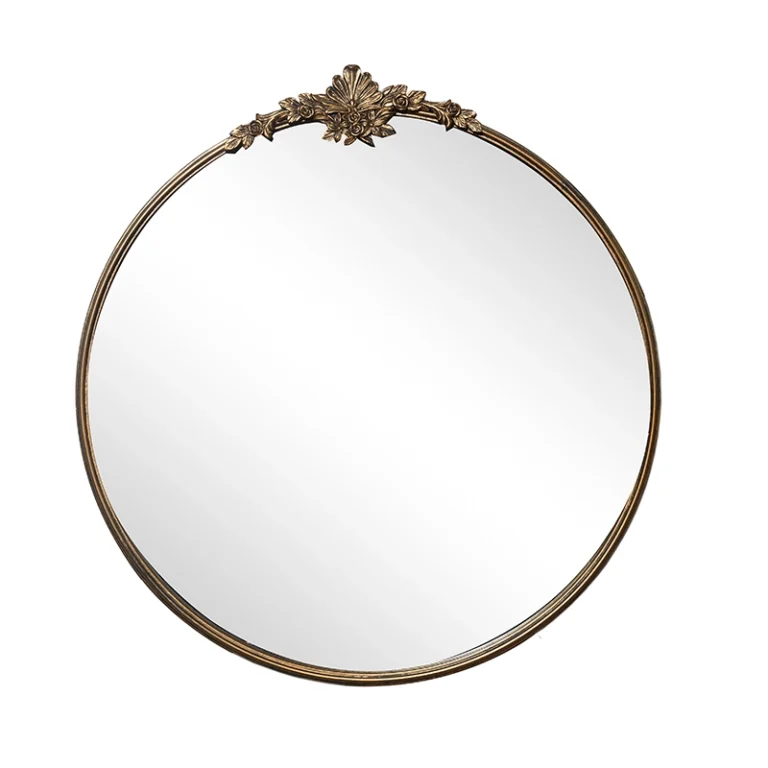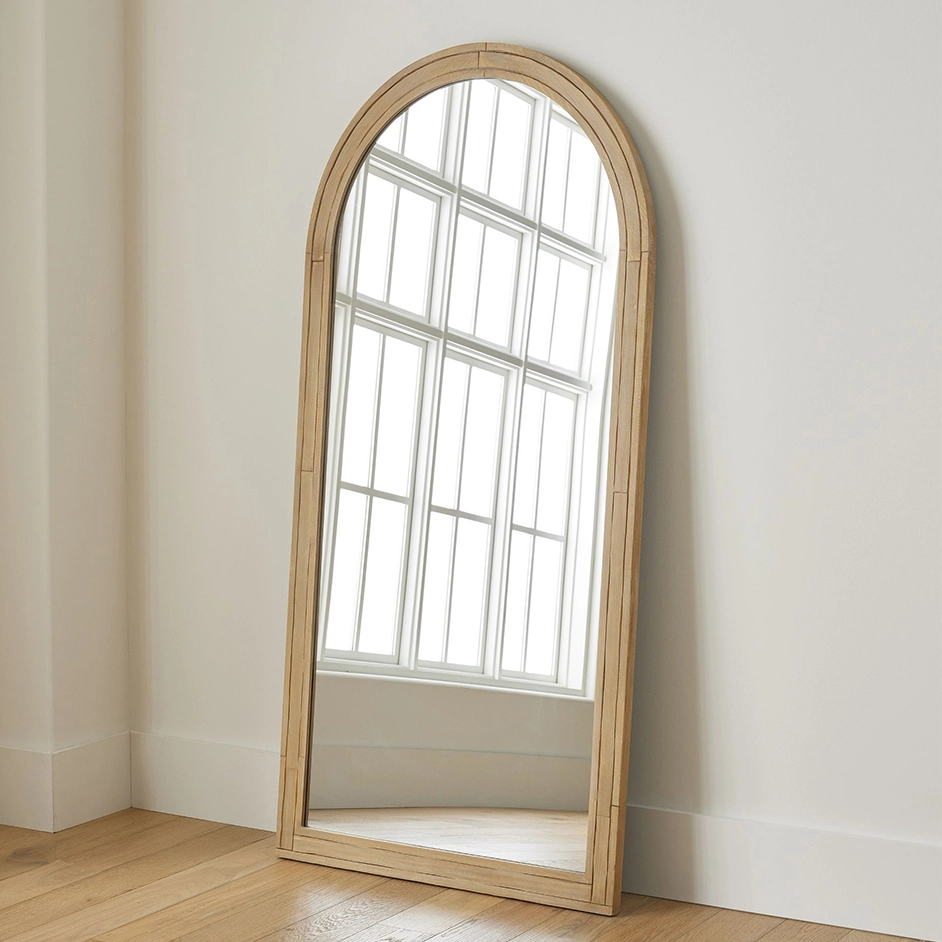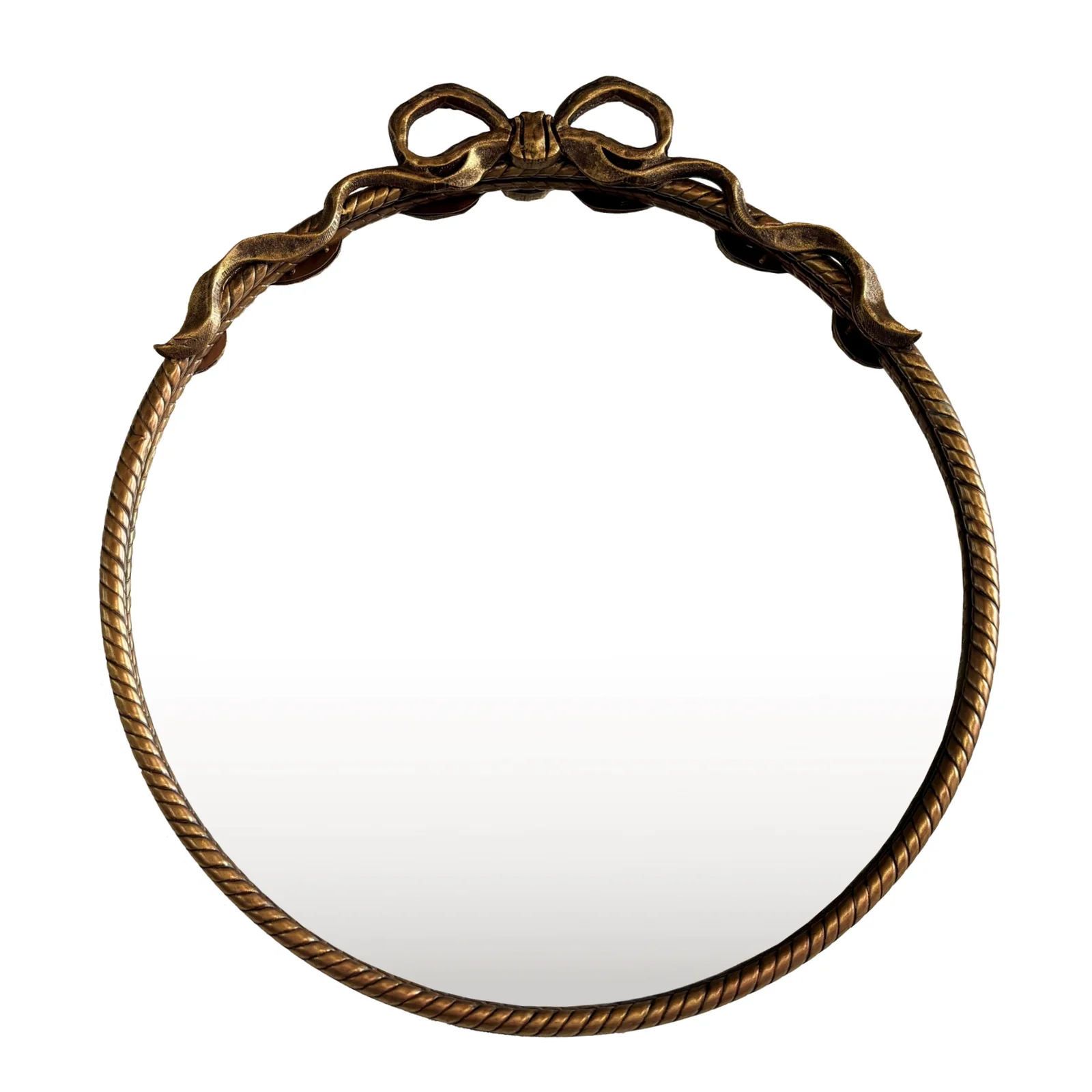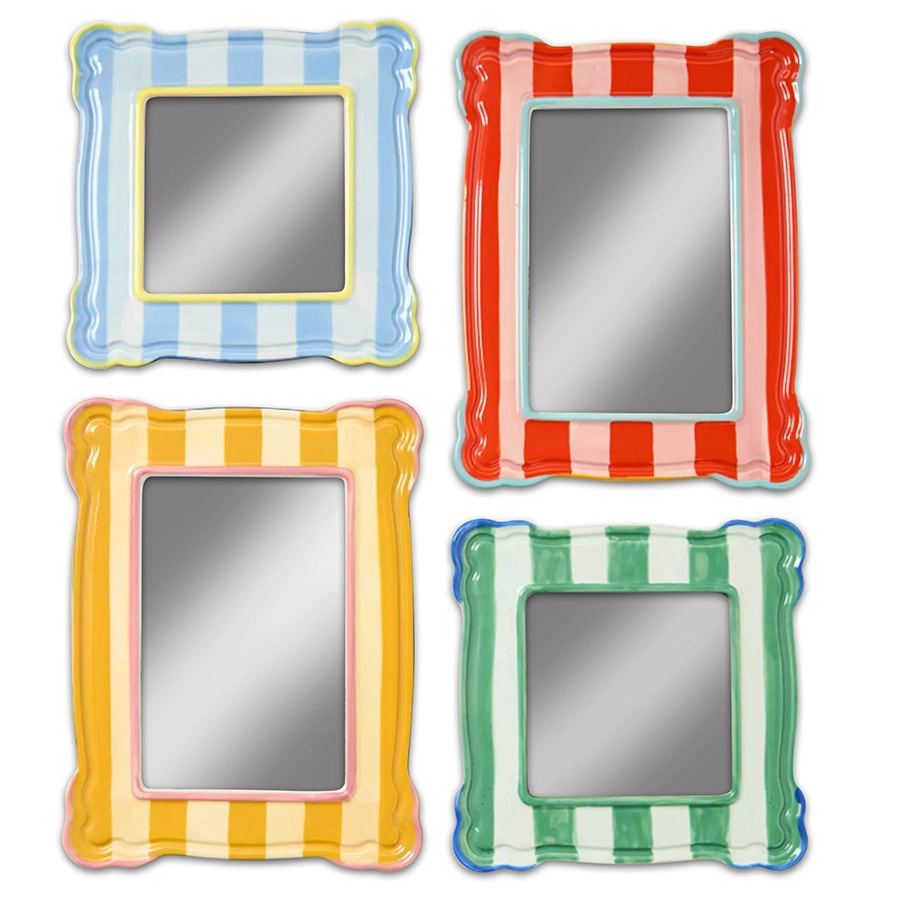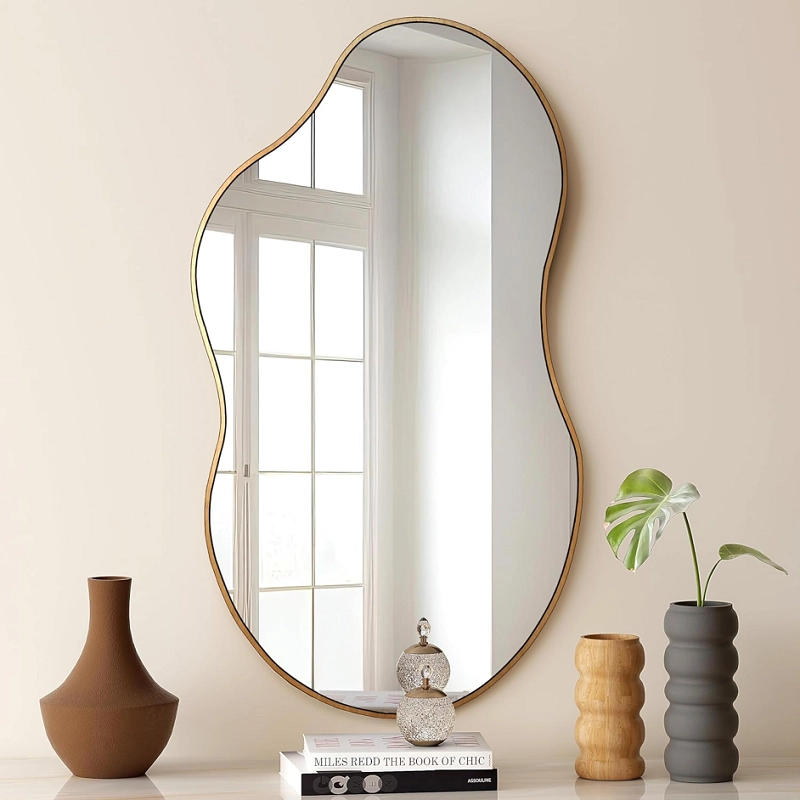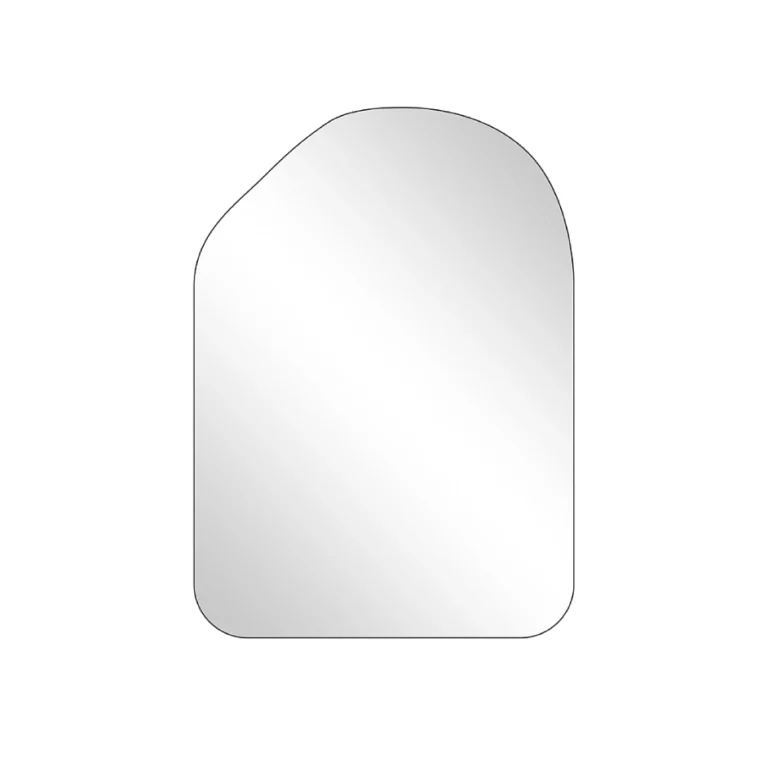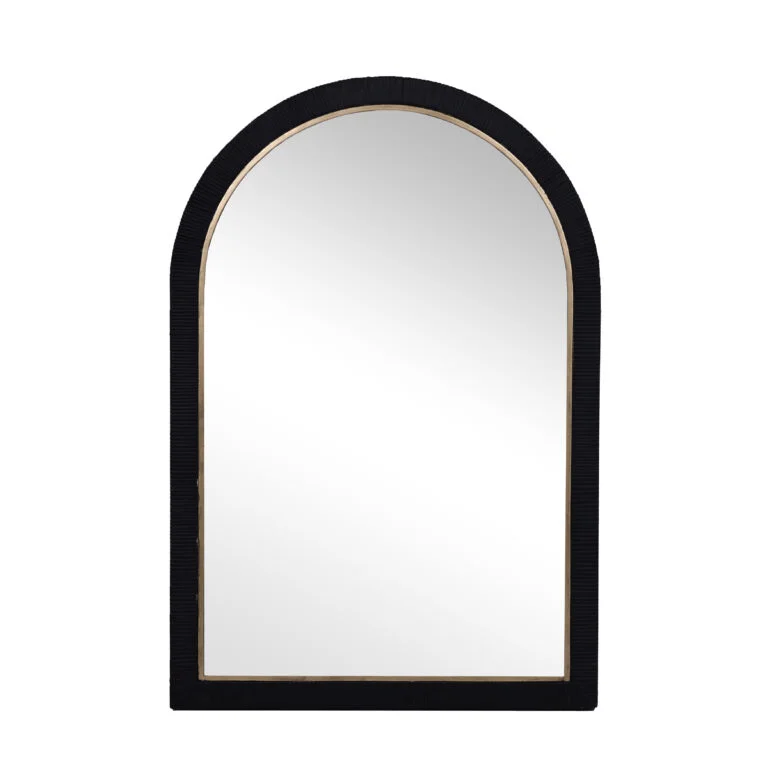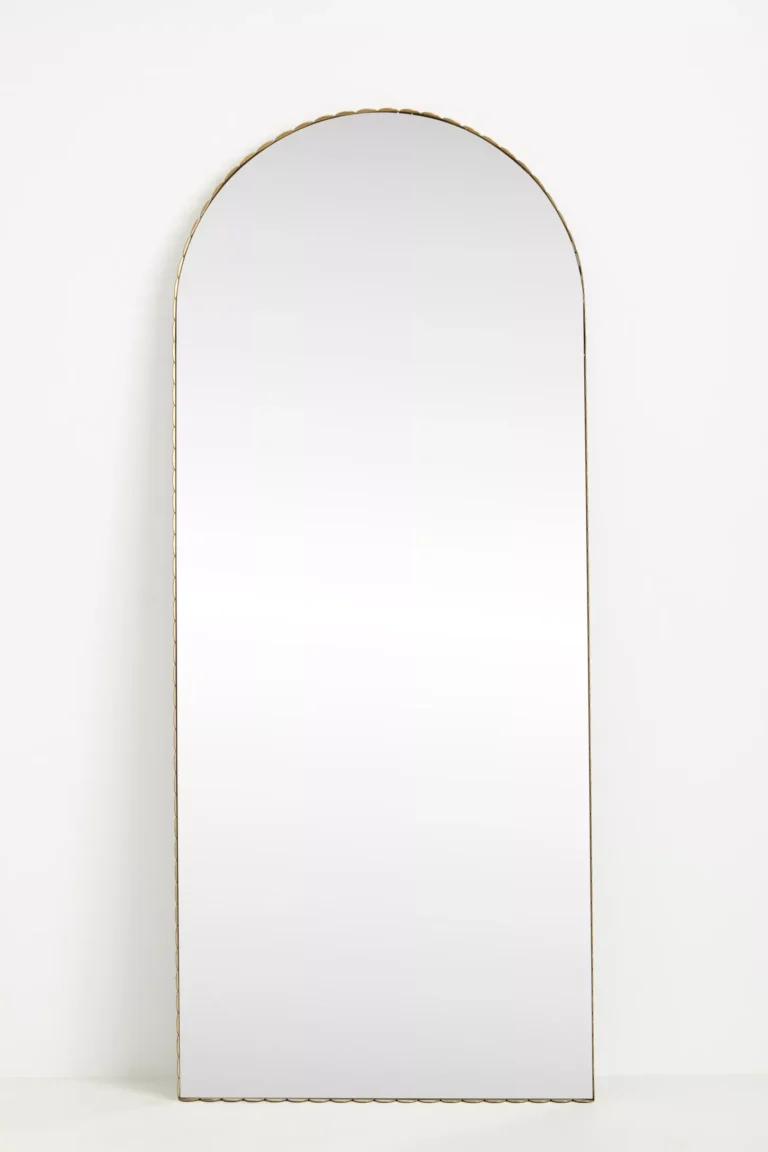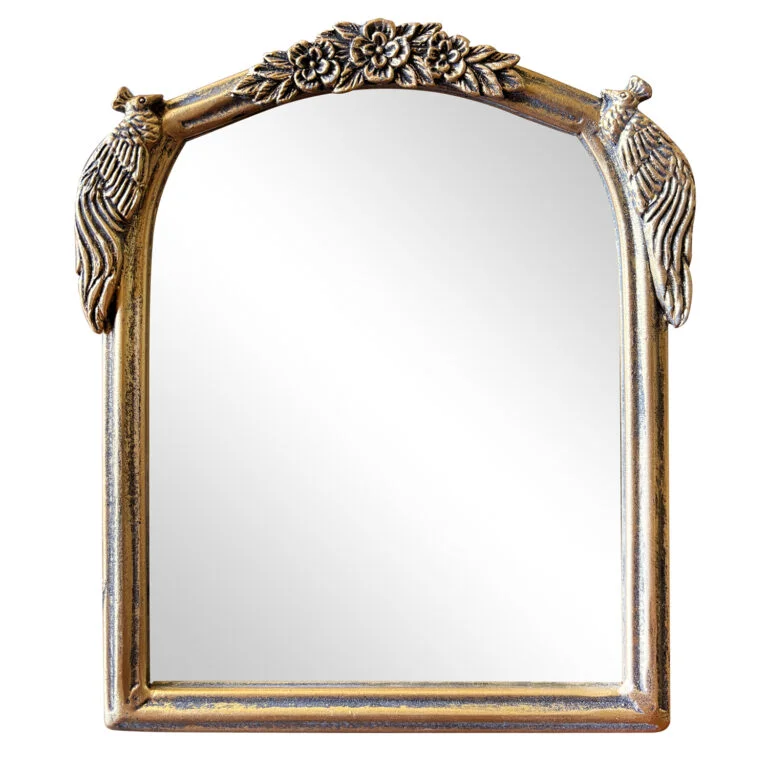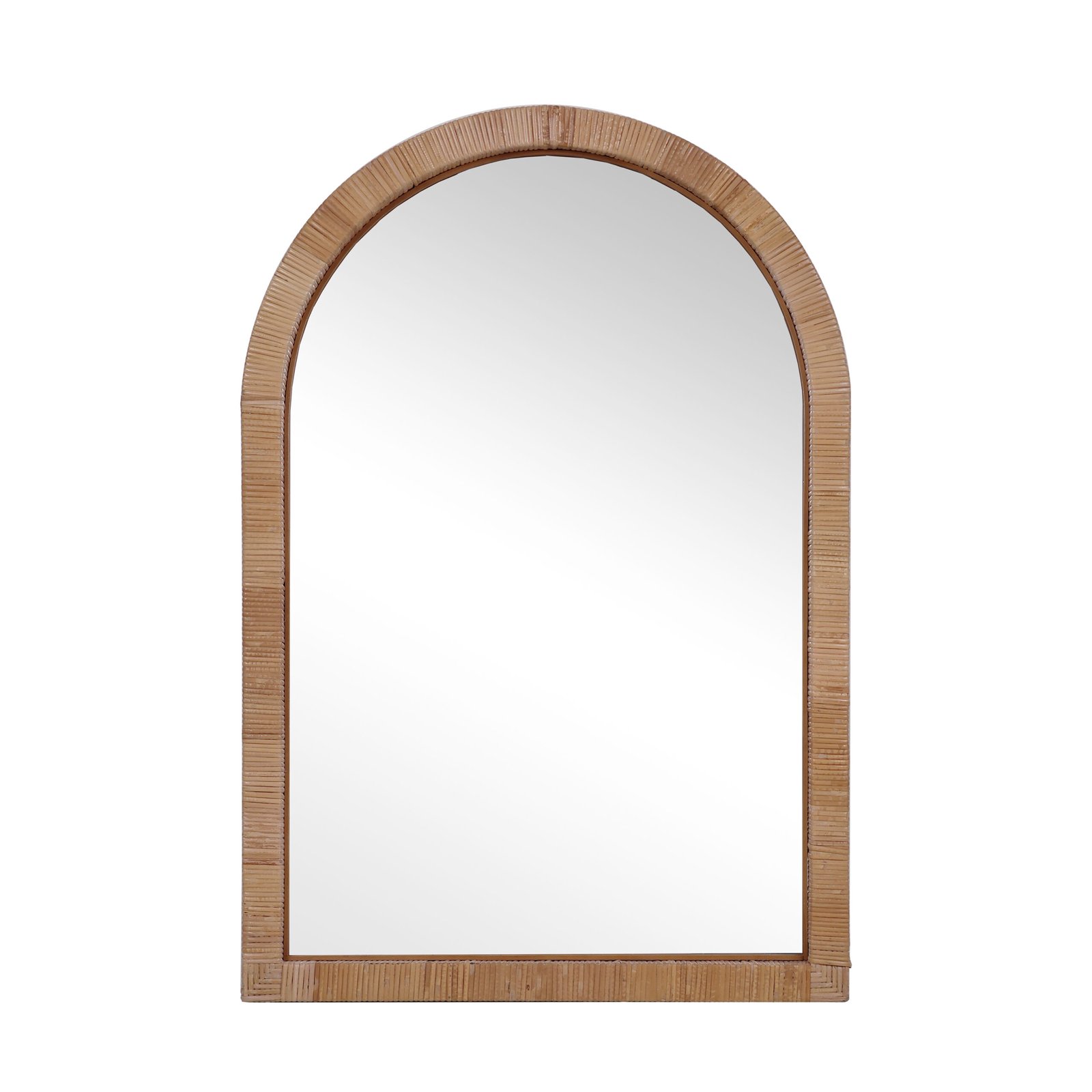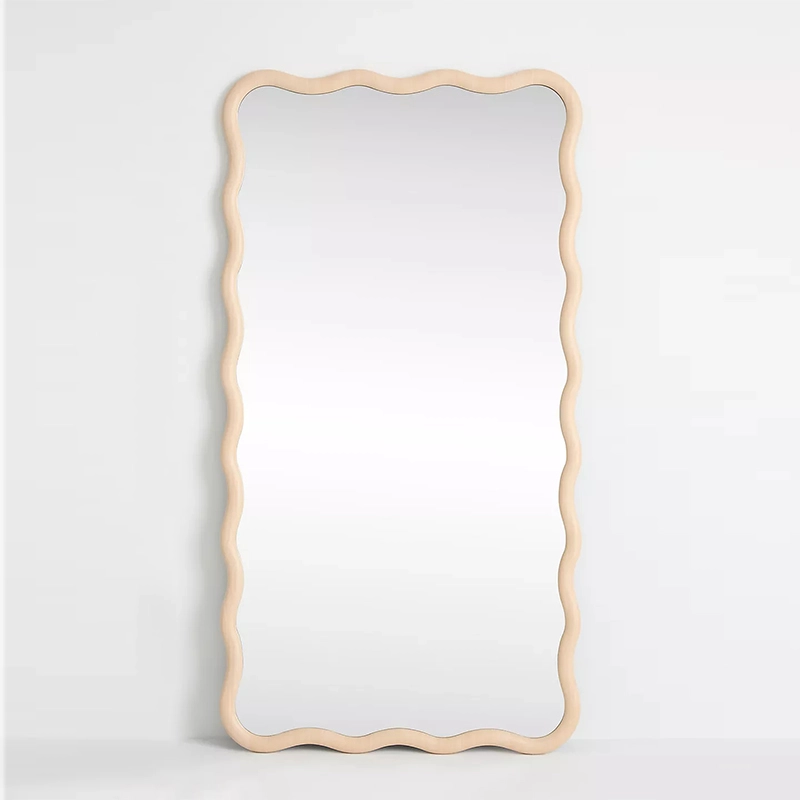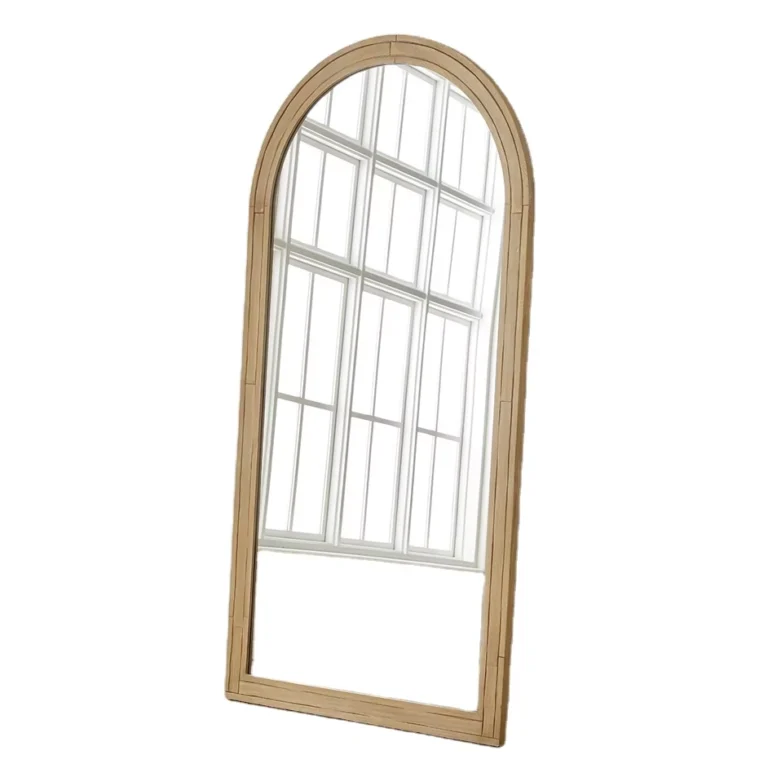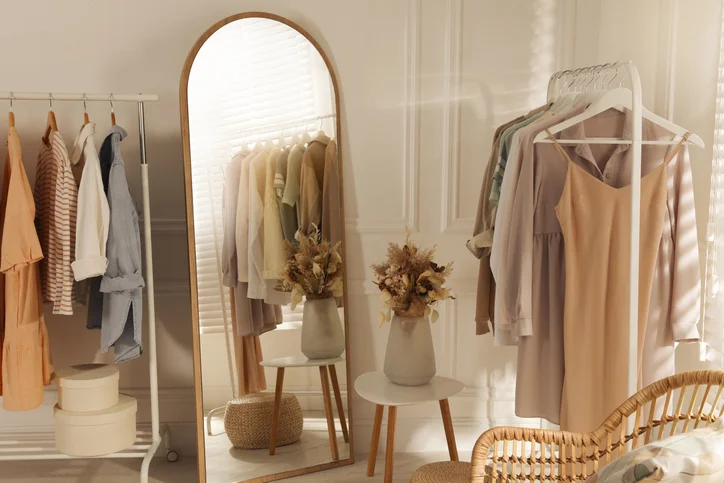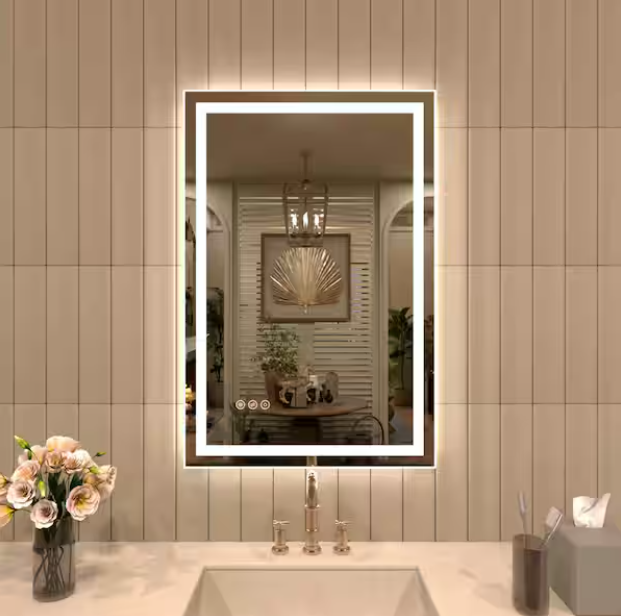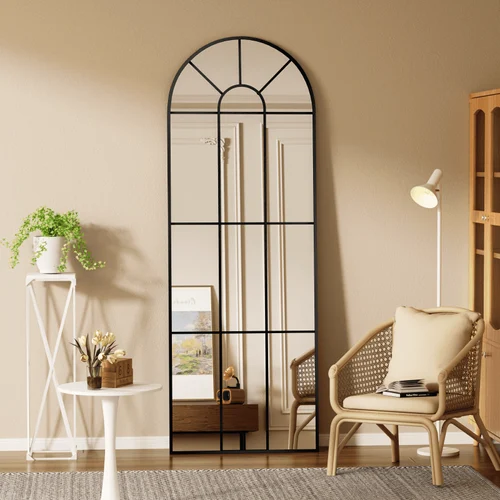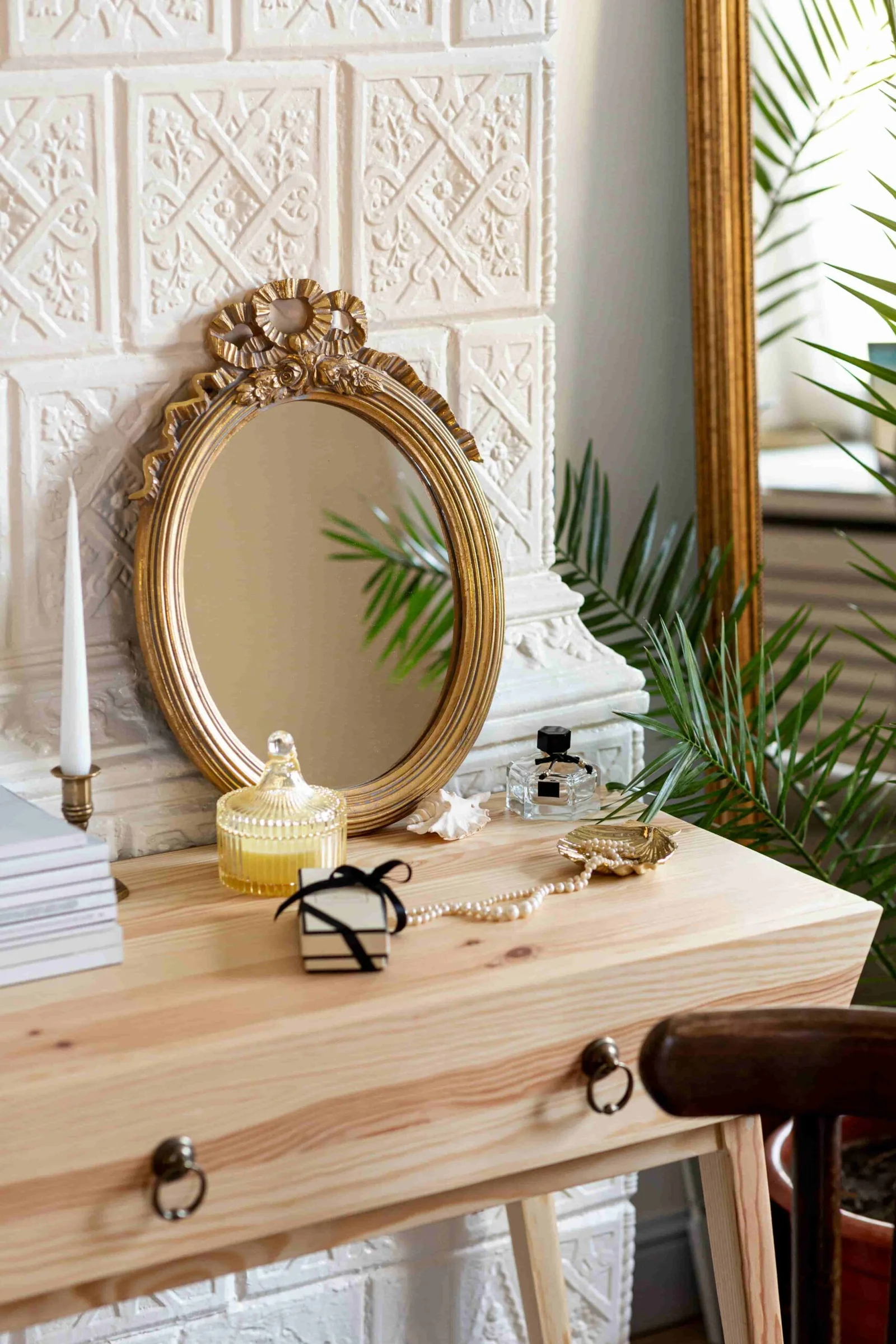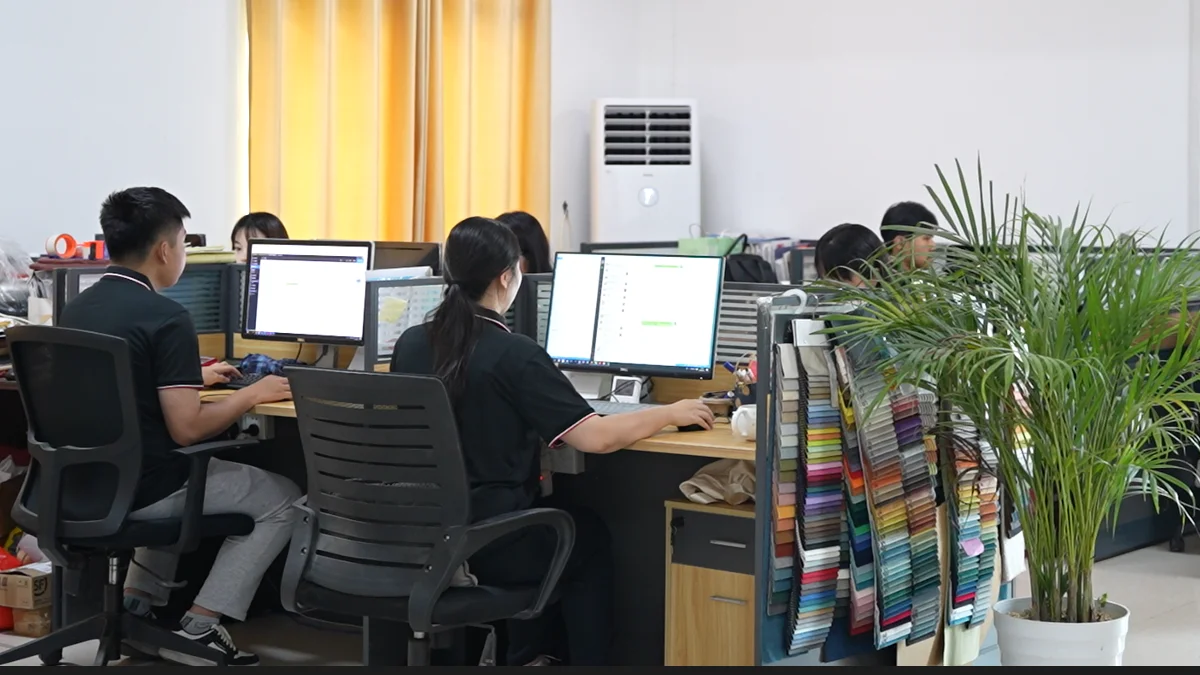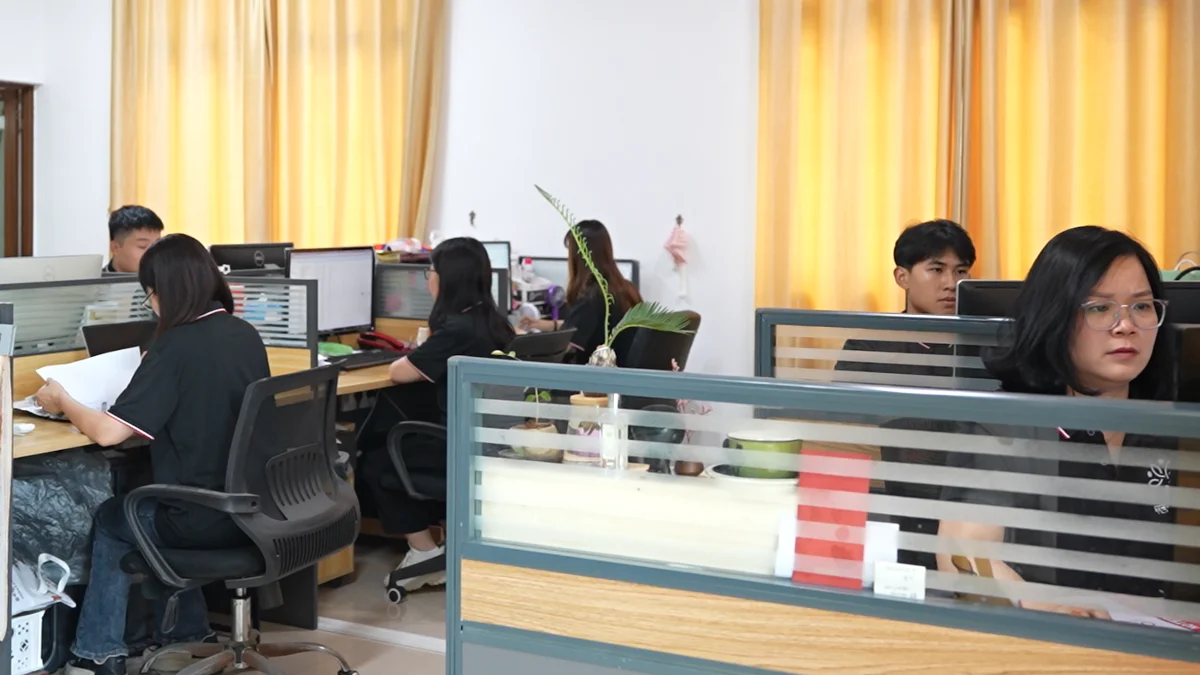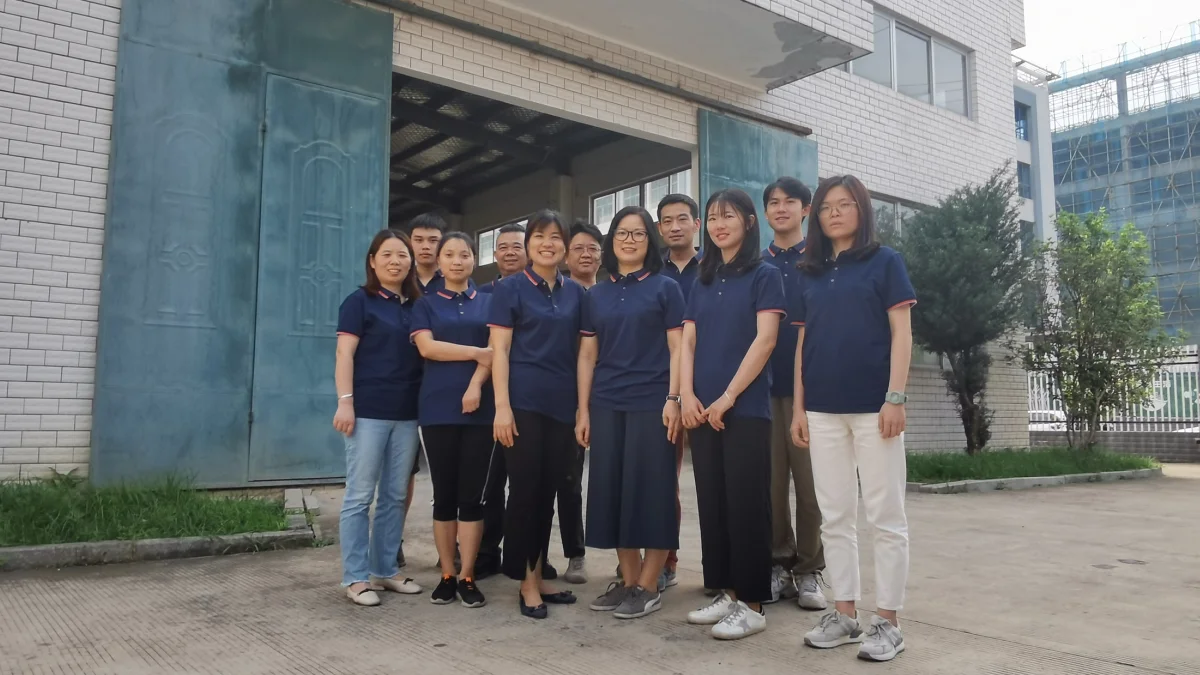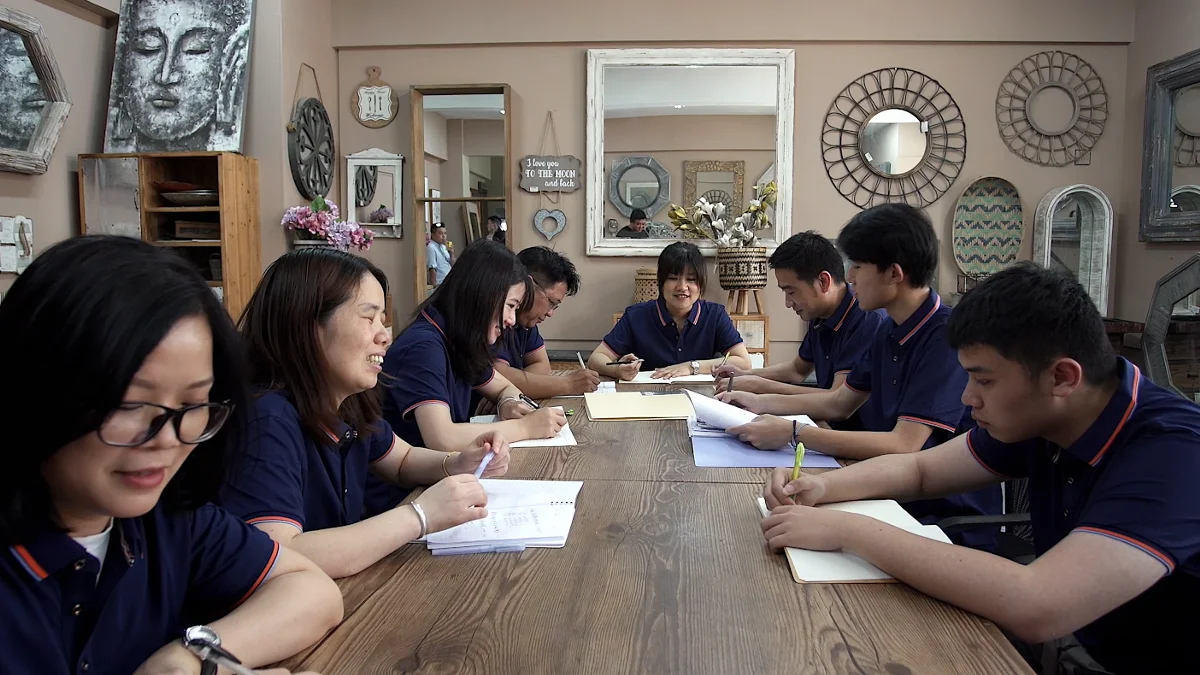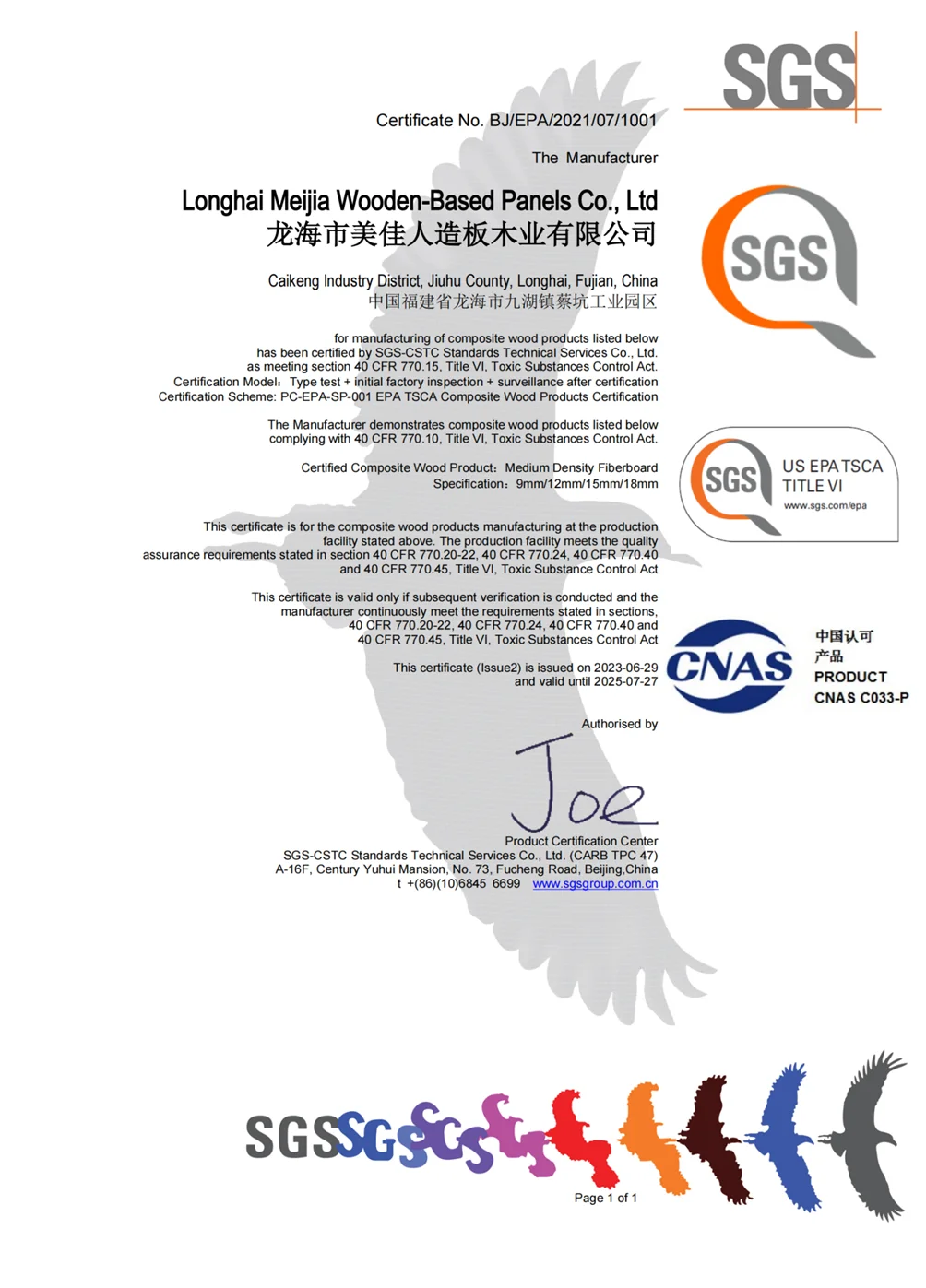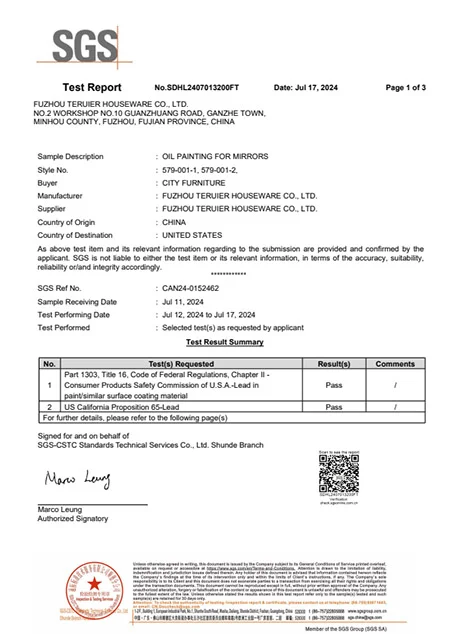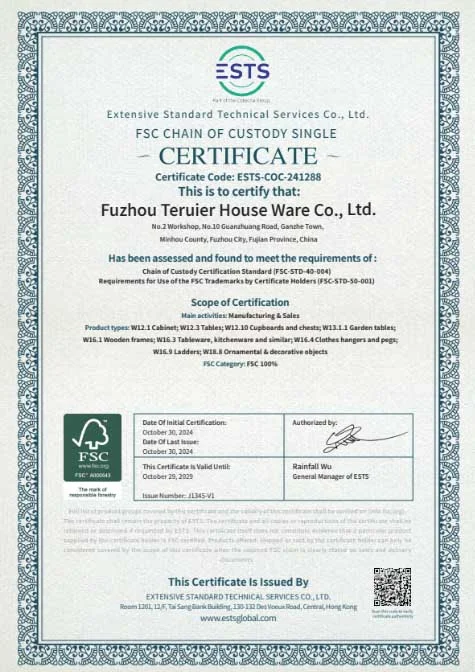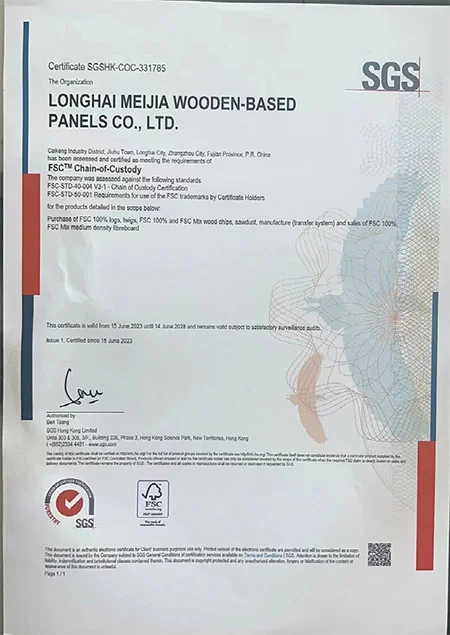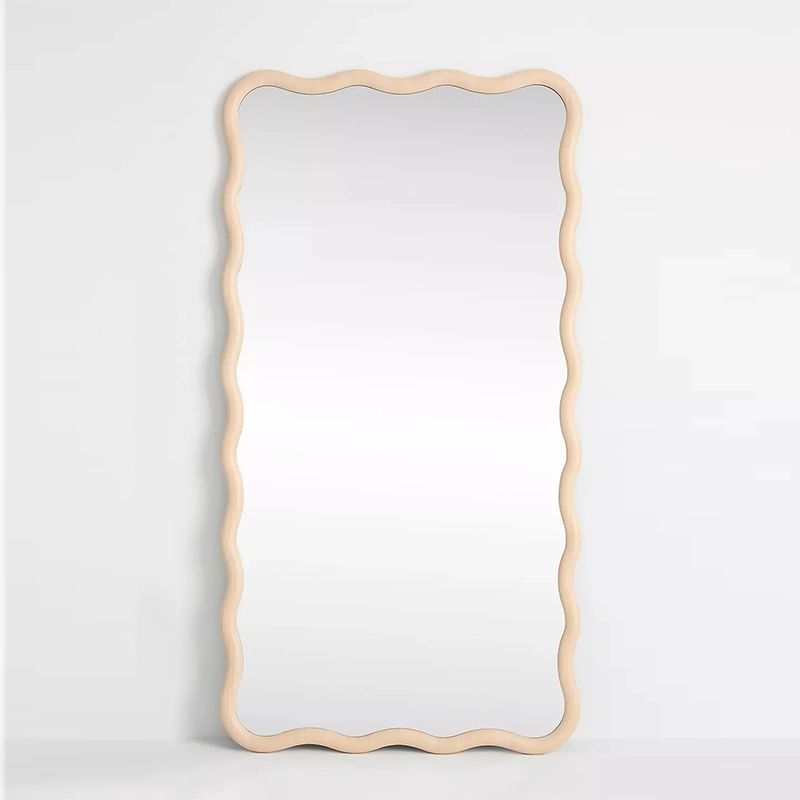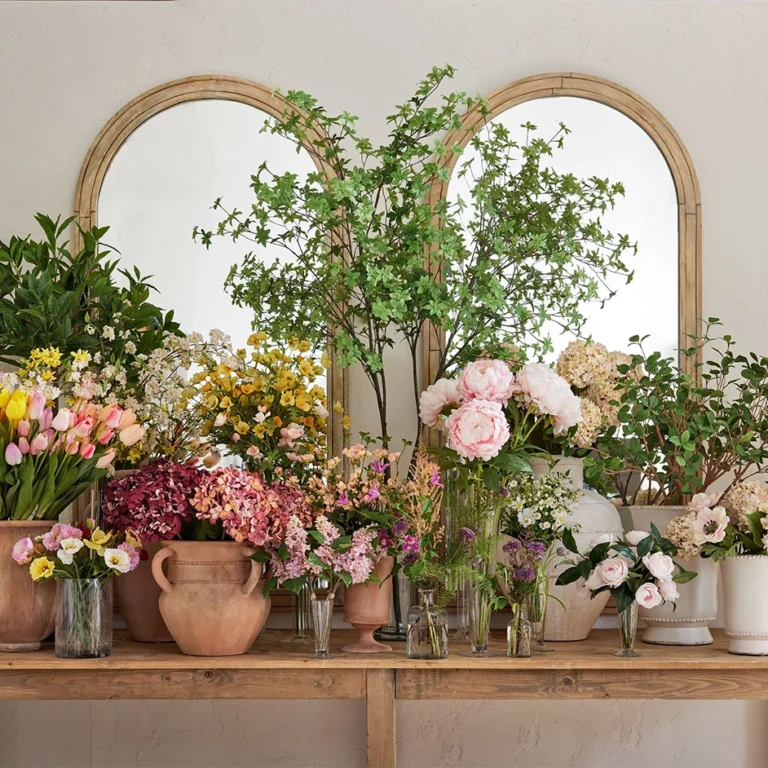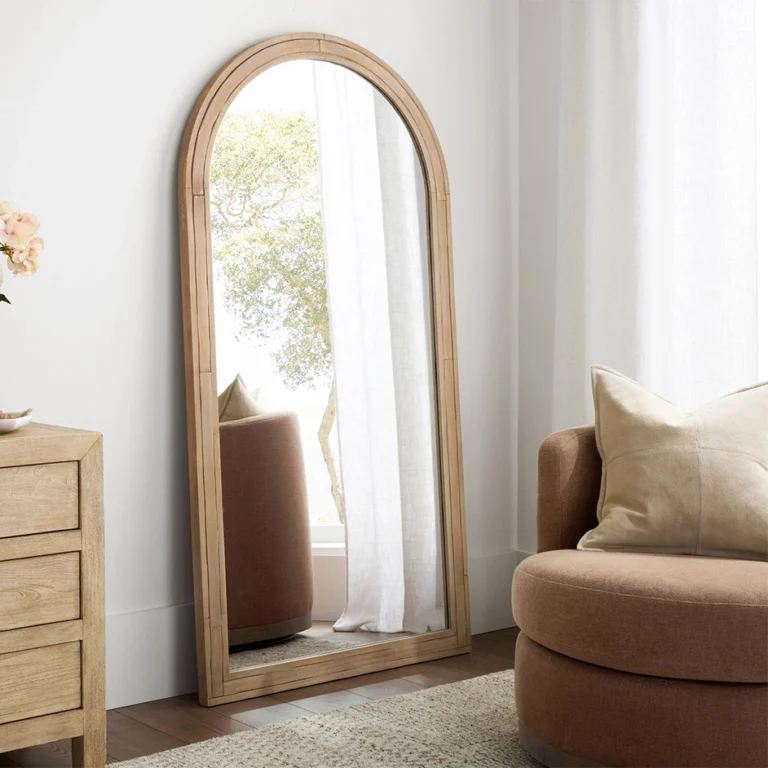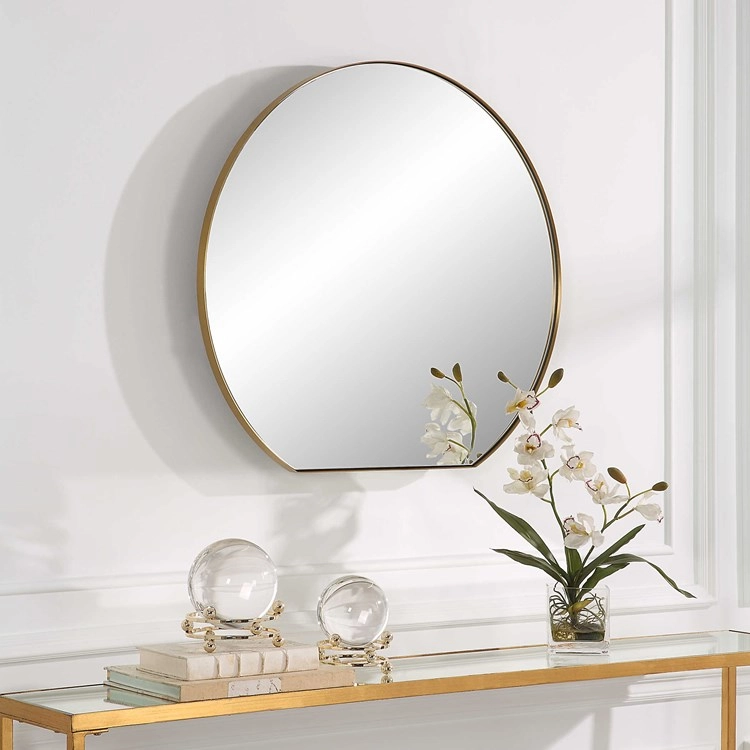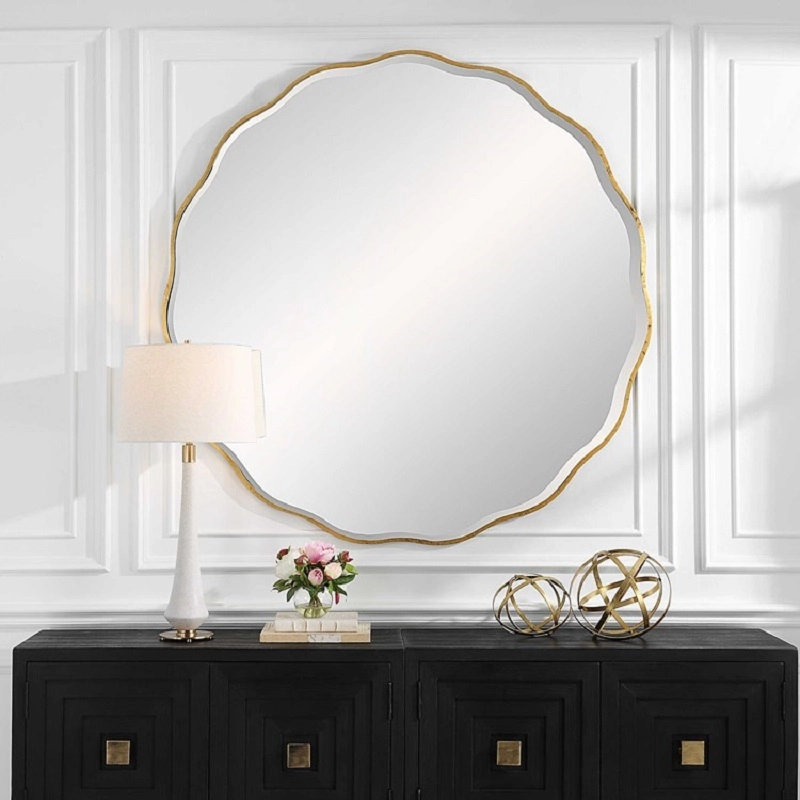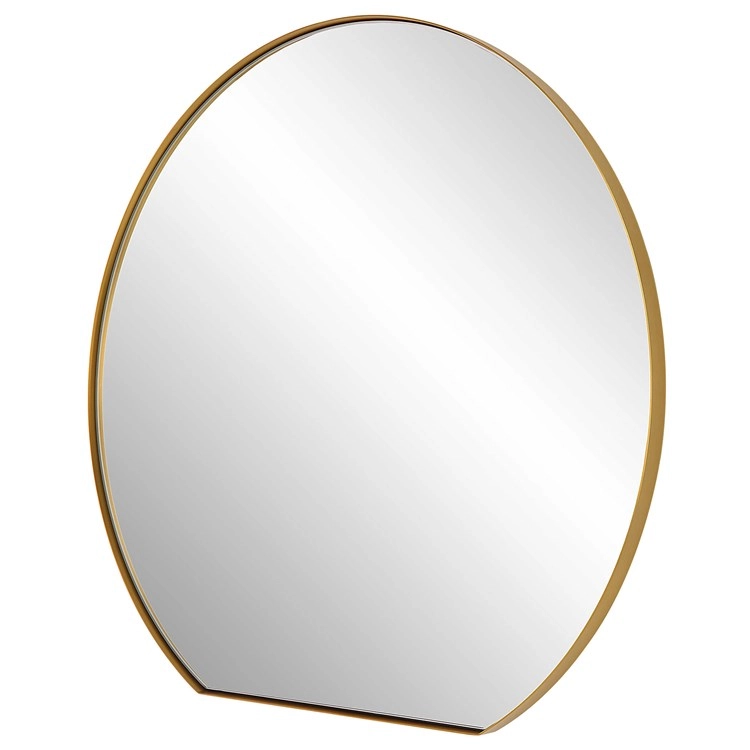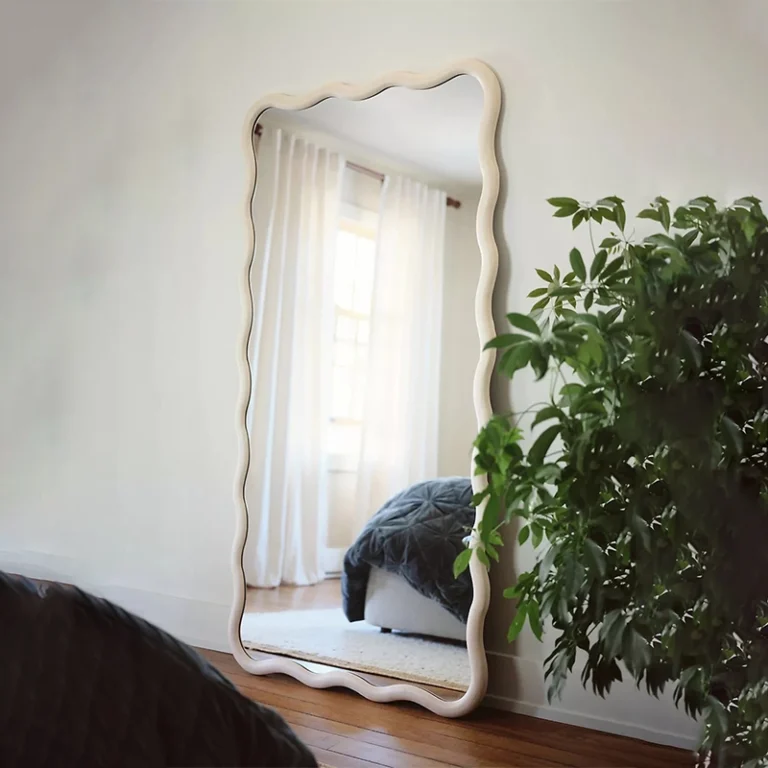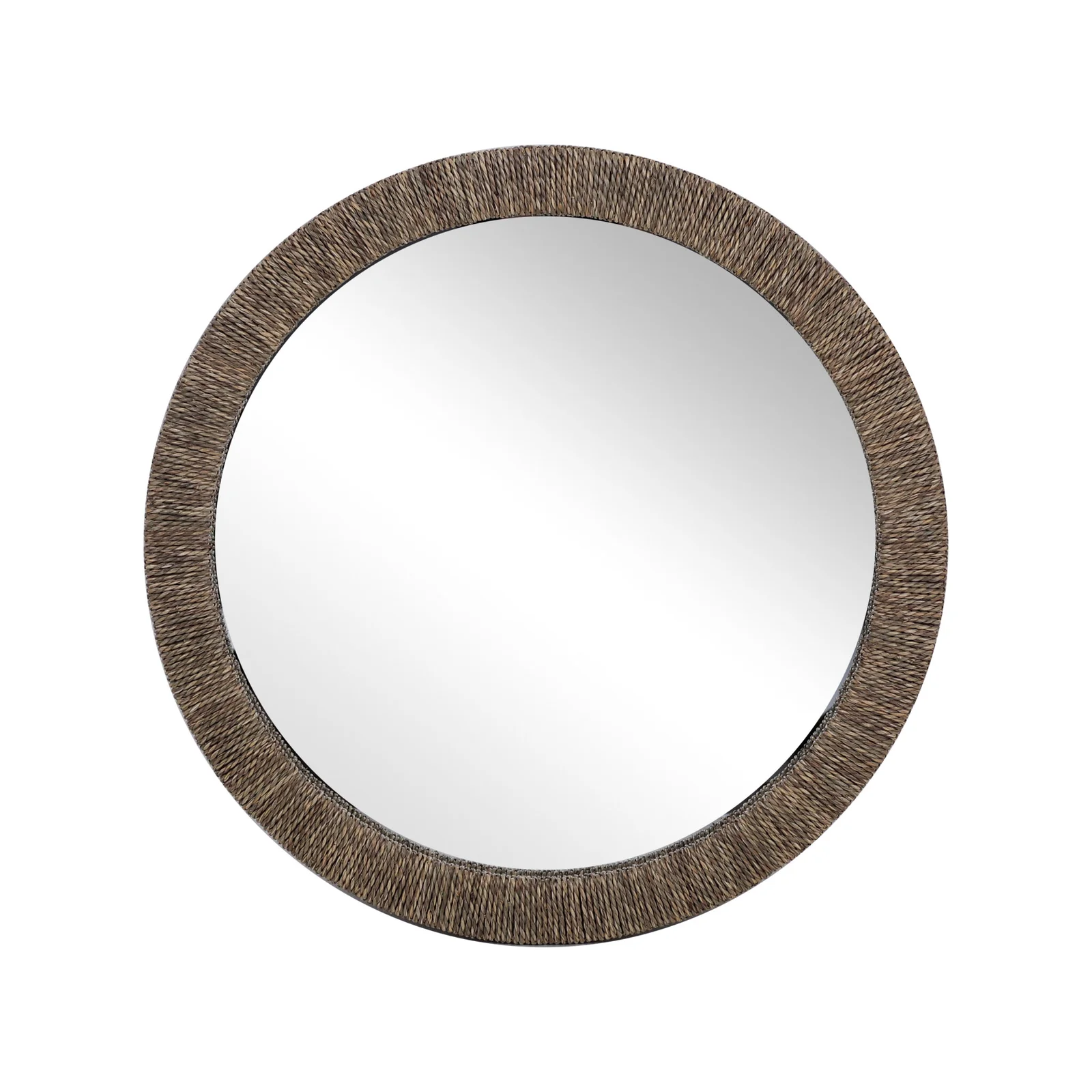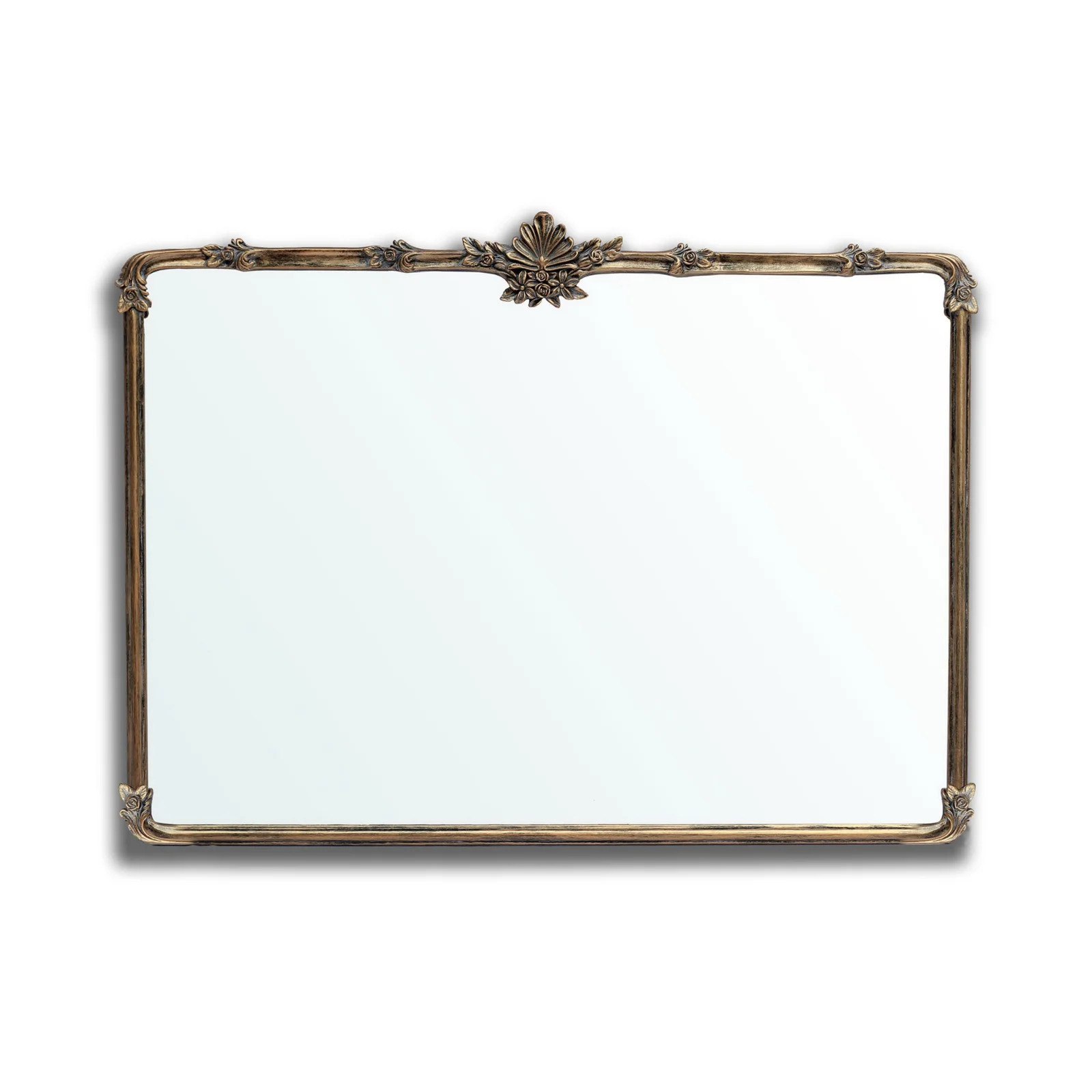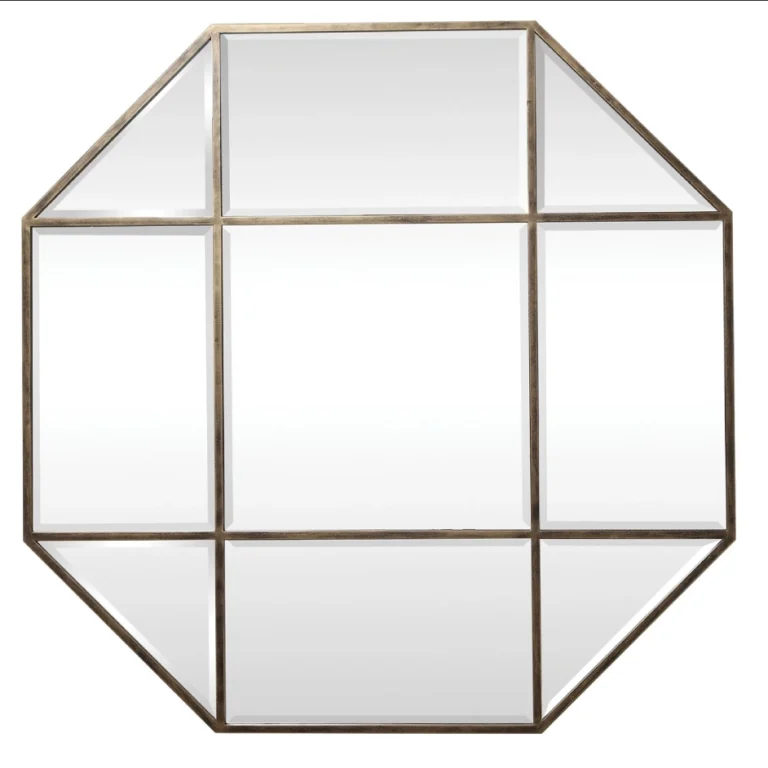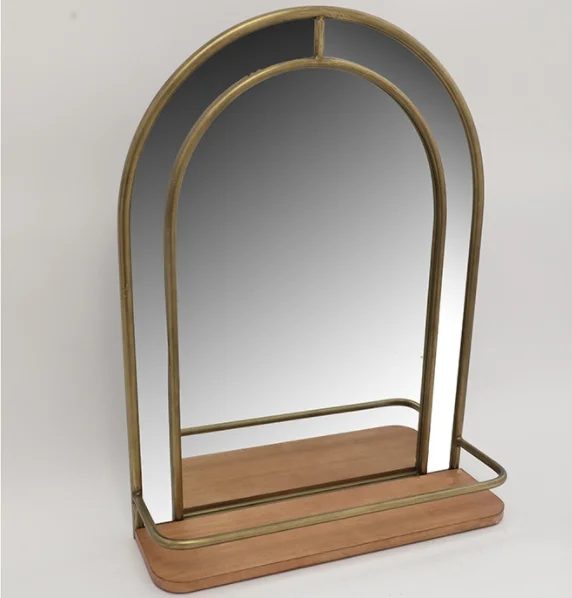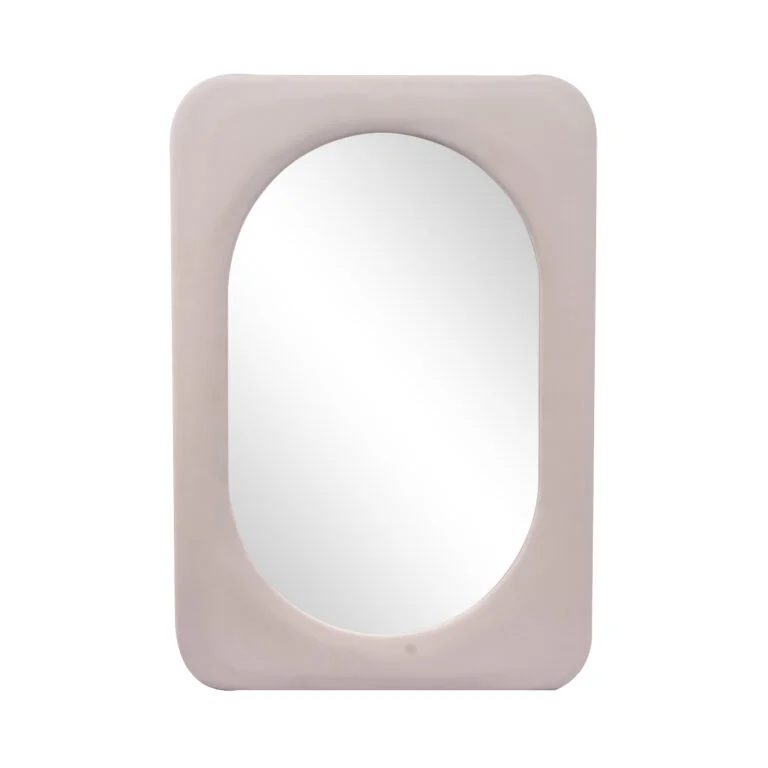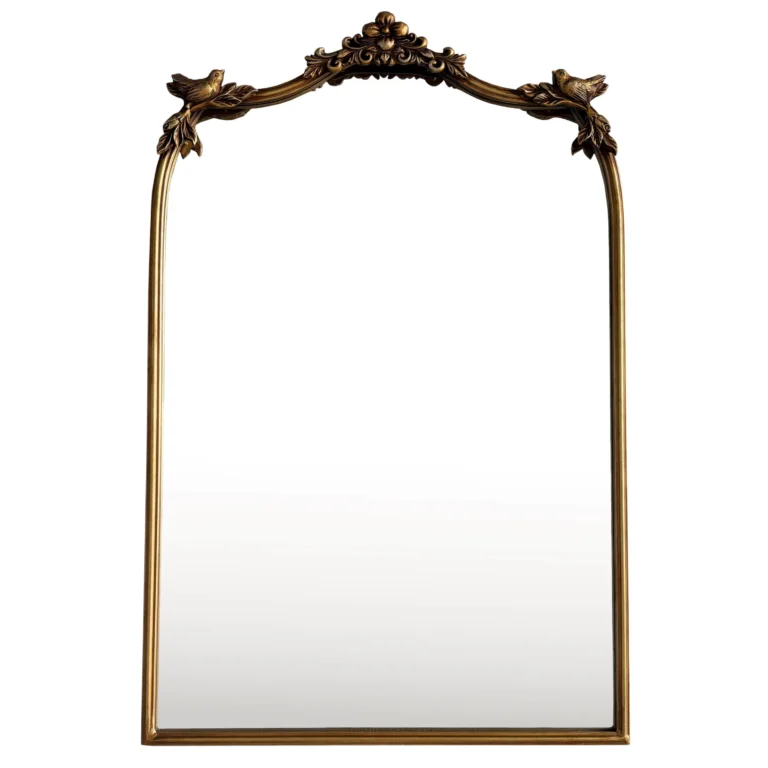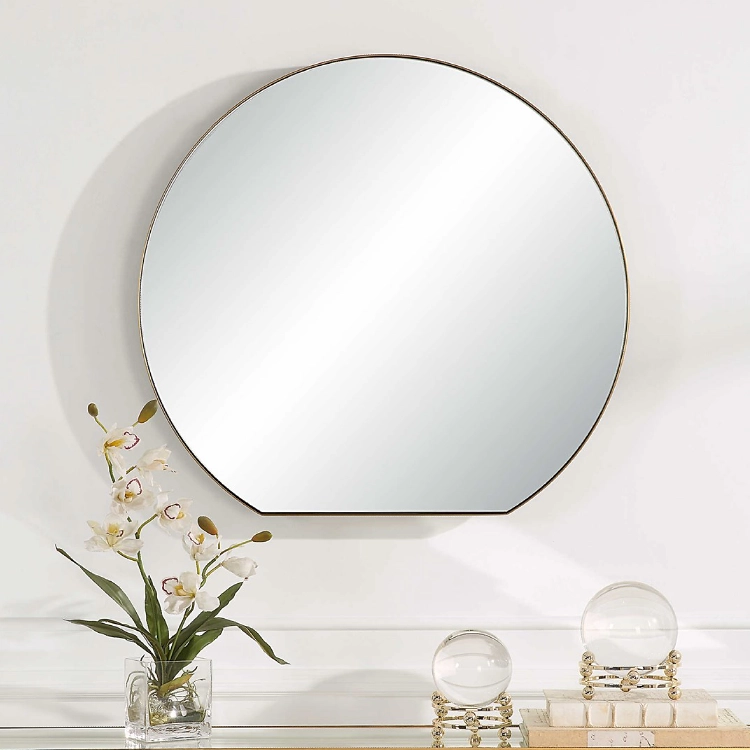Traditional mirror Kuwait City
Of course. The phrase “Traditional mirror Kuwait City” most likely refers to a specific and iconic modern building that uses traditional Islamic design elements: the Al Hamra Tower.
While not a literal, old-fashioned mirror, its façade acts as a “mirror” to the city and the sky, and its design is deeply rooted in tradition.
Here’s a breakdown of why this is the most probable answer:
1. Al Hamra Tower: The “Traditional Mirror”
The Al Hamra Tower is a skyscraper in Kuwait City and one of the most famous buildings in the country. Its connection to your phrase is both literal and metaphorical:
-
The “Mirror”: The tower is clad in a curved, sheer wall of reflective glass. This massive surface acts like a giant mirror, dynamically reflecting the sky, the surrounding cityscape, the desert sun, and even dramatic weather events like dust storms. It constantly changes appearance based on the time of day and conditions, “mirroring” the environment of Kuwait City.
-
The “Traditional”: The design is not a random modern shape. It is a brilliant architectural reinterpretation of traditional Islamic and regional elements:
-
Mashrabiya: The most important link. The tower’s most distinctive feature is its solid, carved-looking façade on the southern and eastern sides. This acts as a giant, modern mashrabiya – a traditional Islamic lattice screen used for privacy and to control sunlight and heat. This design provides shade and reduces solar gain, a critical function in Kuwait’s extreme climate, just as traditional architecture did.
-
Minaret-like Form: The tower’s sculpted, spiraling form is often compared to the tapering shape of a minaret (a tower from which the Muslim call to prayer is made).
-
2. Other Possible Interpretations
While Al Hamra is the strongest match, the phrase could also be interpreted more broadly:
-
Traditional Craftsmanship: It could refer to shops in the Souq Al-Mubarakiya (a traditional old market) or other areas that sell beautiful, handcrafted mirrors with traditional Kuwaiti or Islamic designs, often featuring intricate metalwork (e.g., brass, copper) or carved wood.
-
Architectural Elements: In traditional Kuwaiti houses (like the old Al-Badr house), mirrors were often used as decorative elements in reception rooms (diwaniyas) alongside other traditional décor.
Conclusion
当人们使用短语“传统镜子科威特城”时,他们几乎肯定是指 Al Hamra Tower。它是一个当代建筑向文化遗产致敬的著名例子,使用现代“镜子”来反映古代设计智慧。它是现代科威特的象征,与传统过去有着深刻的联系。
Generally speaking, our order requirements are as follows: the minimum order quantity (MOQ) for large items is 50 pieces, for regular items it is 100 pieces, for small items it is 500 pieces, and for very small items (such as ceramic decorations) the MOQ is 1,000 pieces. Orders exceeding $100,000 will receive a 5% discount. The delivery timeline is determined based on the specific order quantity and production schedule. Typically, we are able to complete delivery within two months.

